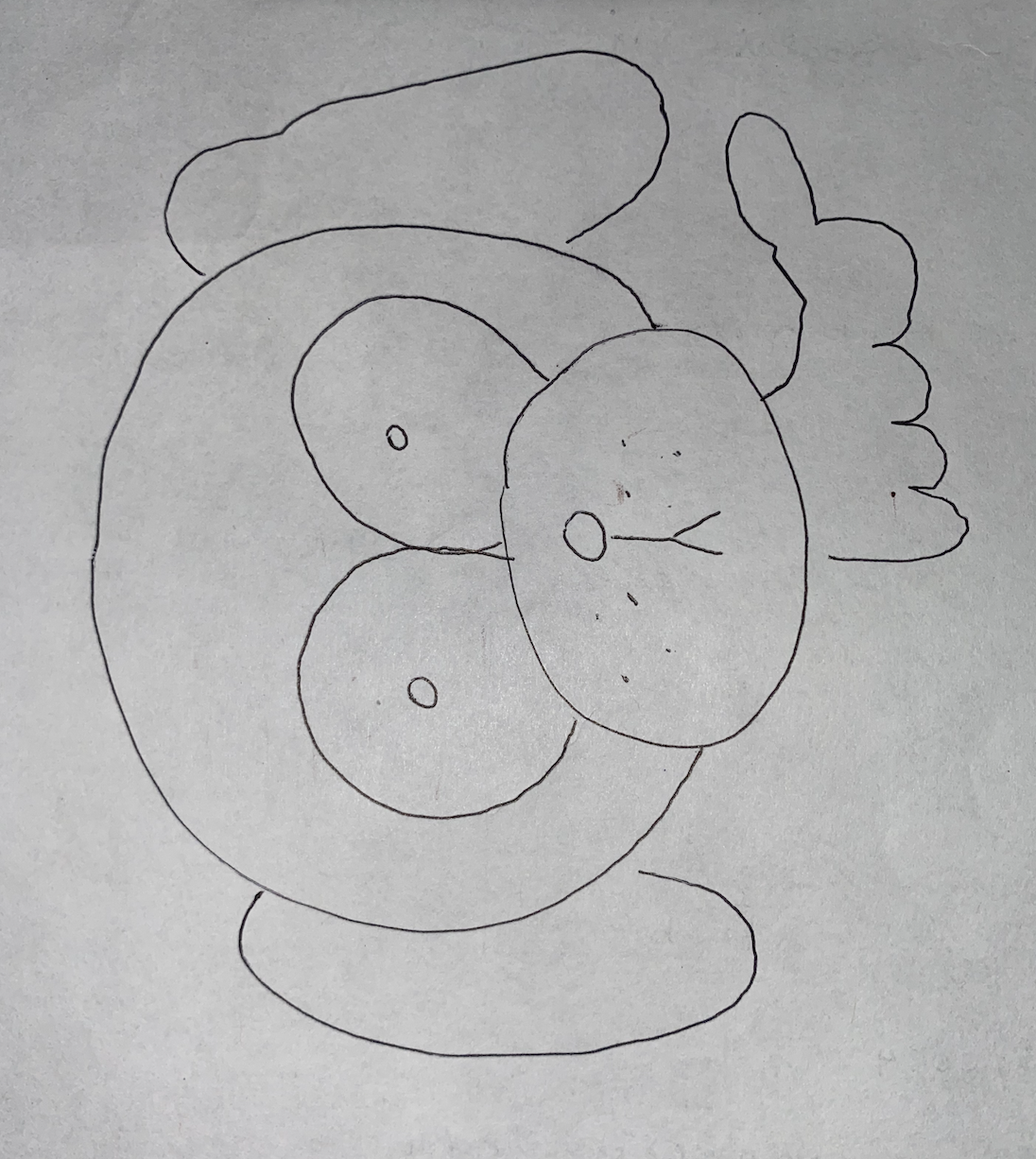Text
“When we were little up in Canada, when it would snow, which seemed like a lot, and the snow would get packed down on the streets in our neighborhood, me and my friend would put on our ski clothes…and we would hide in the bushes near a stop sign. Then, when a car would stop at the stop sign, we would sneak in behind the car, grab the bumper, squat down so our feet were on the ground, and when the car would start to go we’d basically be skiing behind the car. And one time, when I was little, I was probably eleven or twelve, someone told me the story of the kid who was bumper skiing one time and got his finger stuck in the bumper, and the car pulled his finger right off!”
Context
M grew up in Vancouver, British Columbia, Canada, but currently lives in Seattle, Washington, The United States of America. He called the activity from which this urban legend stemmed “bumper skiing,” which, from his description, seemed to be a regular and popular activity when the weather conditions were right. The ‘someone’ he mentioned telling him the story was one of his friends; he also did not know the specific identity of the boy who lost his finger in the legend. When asked if this legend influenced him or his attitudes and behaviors towards bumper skiing at all, M said: “Well, I was a little more careful where I put my hand!”
Analysis
To me, this urban legend seems to serve two main purposes. On the one hand, it seems like a way to acknowledge and even emphasize the dangerous play taking place and create a greater sense of risk. That the boy in the story is unnamed creates a sense that it could happen to anyone. It also perhaps allows for a way to externalize and discuss personal fears and anxieties around the practice more indirectly. However, this legend is also clearly a cautionary tale about the harm that may be caused by improperly bumper skiing. M’s telling of the context surrounding bumper skiing indicated that it was a somewhat secretive form of play with little to no adult supervision. For M personally, the legend had a tangible effect on how he partook in bumper skiing, making him more conscientious of his own safety. The spread of this legend could create a way for children to check in on and enforce each other’s safety by drawing on a general sense of folk authority and knowledge.

